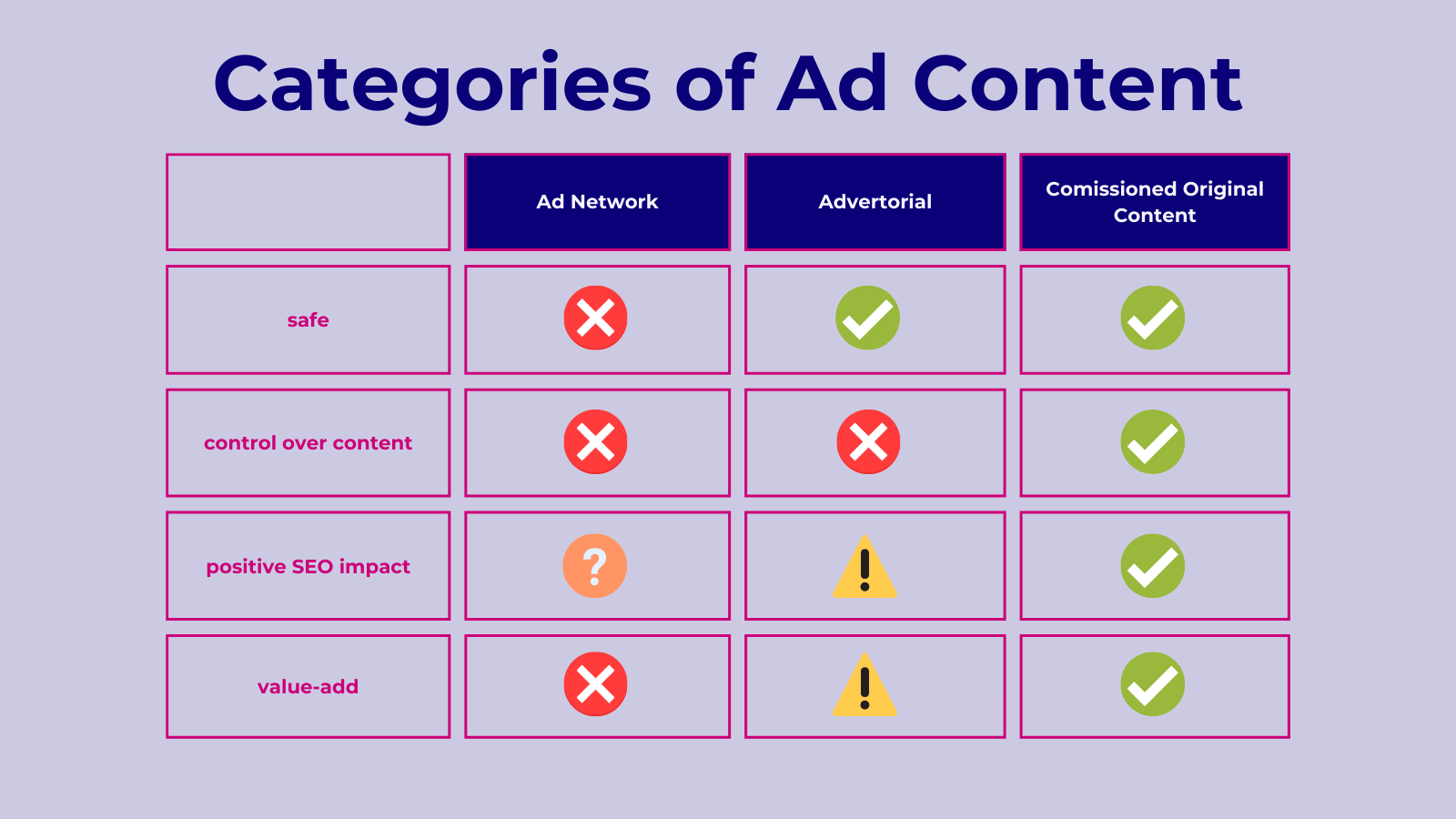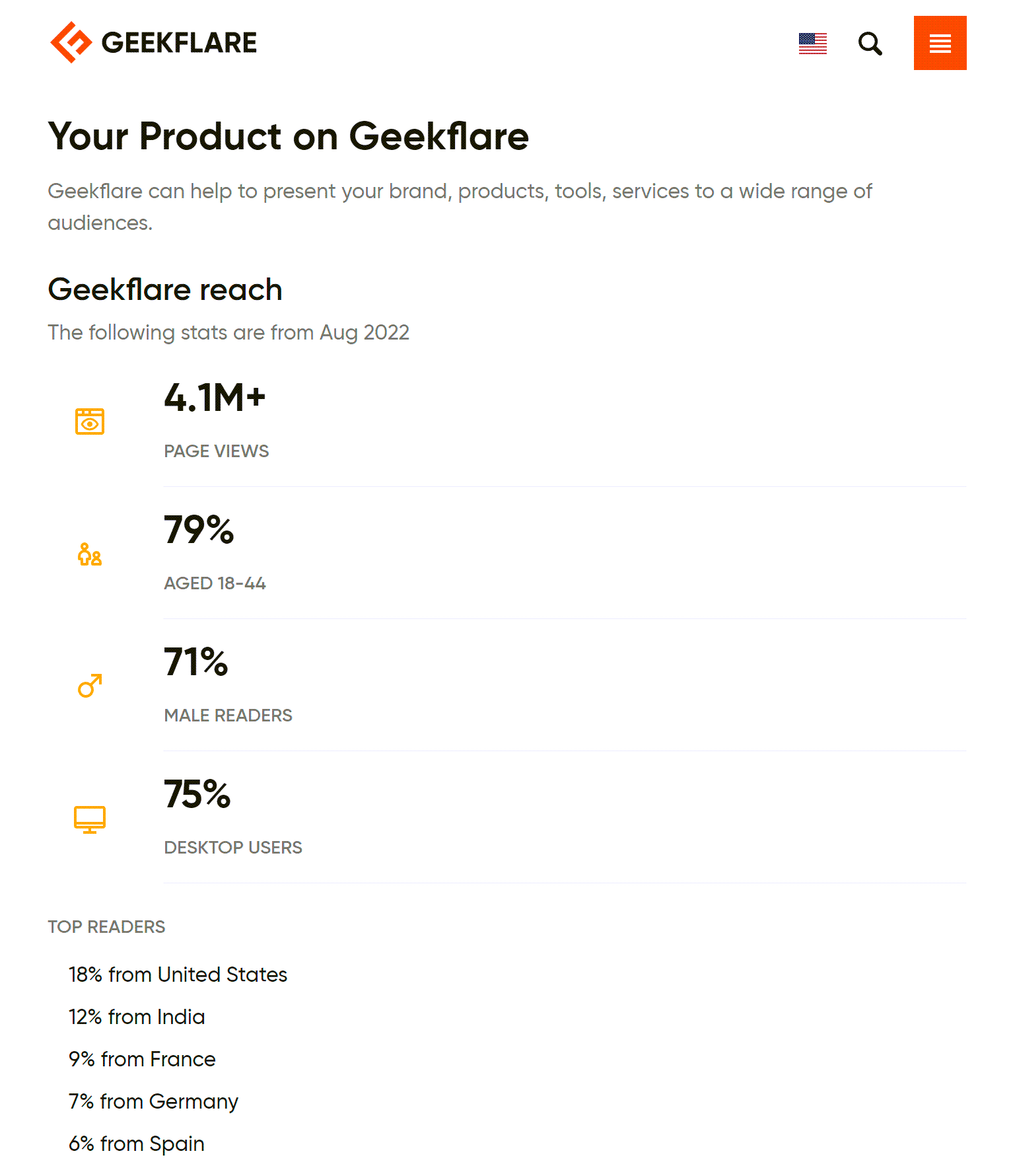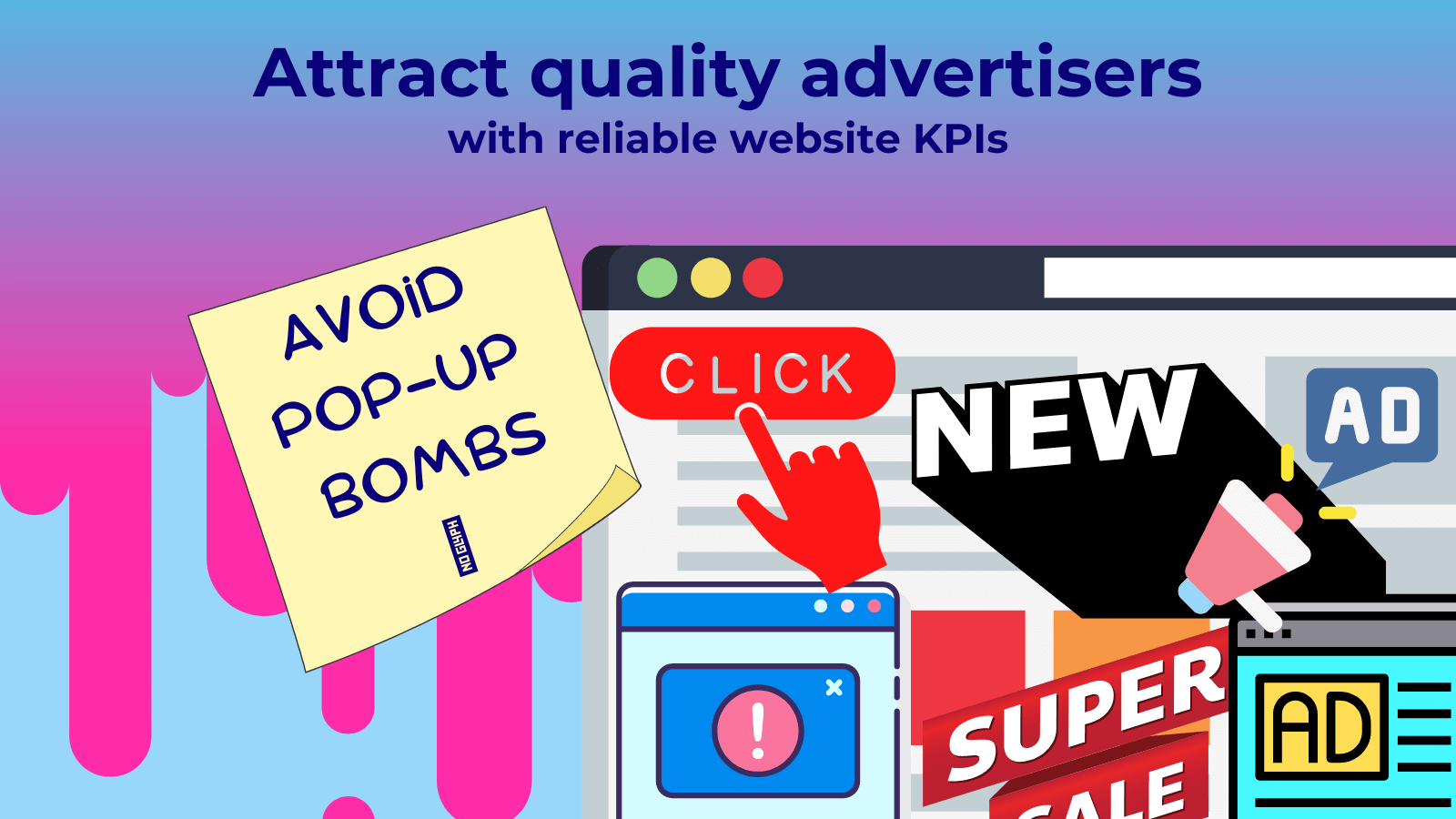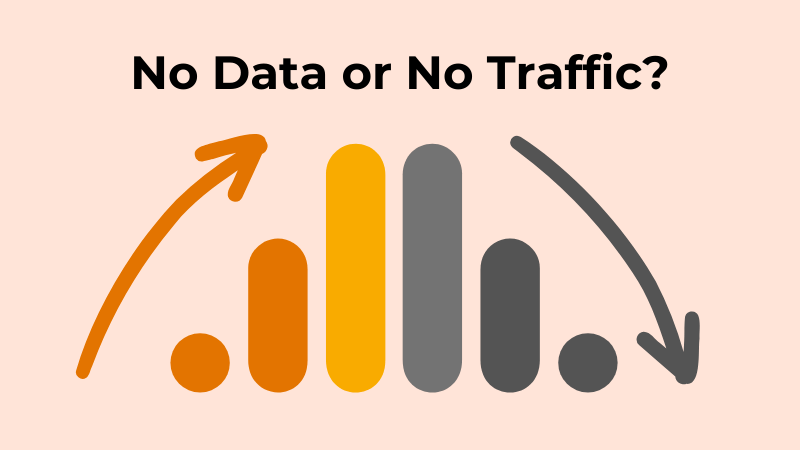You built your website or blog. You are already leveraging publishing platforms such as WordPress or Ghost. Traffic is growing, and you want to monetize on it.
You can start paid newsletter or put your content behind a paywall. Both solutions are growing in popularity, especially with Ghost and Substack enabling creators to easily create premium access platforms.
Another solution is as old as the World Wide Web – Online advertising.
You have multiple options at your disposal. Some are a bit simpler, and some require more investment of your resources in development and time.
For the purpose of this write-up, let us put ads into three simplified categories:
- Ad Network
- Advertorials
- Commissioned Content
This classification is by no means exhaustive but focuses on the actual source of Ads and, more importantly, on privacy and potential legal jeopardy.
Ad Networks – Sidebar advertising
Sidebar ads might be a good start. These will require the lowest content creation effort for you and the advertiser.
But, at the same time, these do not contribute to your website content. These are unlikely to offer value to your visitors and, even worse, make them click the ad and quickly leave your website.
There is an additional risk. Since you allow third-party to inject content and code into your website, you are exposing yourself and your visitors to security threats. You will find many recorded cases of ad networks spreading malware and crypto miners as part of their ads.
Advertorials – Sponsored Content
Advertorials are another solution. Create a space where your partners can publish content on your blog or article section. They provide a range and graphic assets. You merely post it on your website and charge for the website real estate. You can charge for a limited-time placement, a permanent article or a featured article, allowing the content to be prominently displayed for a given time. Depending on your site and type of content, you are looking at anything between €100 and €10’000 per article.
Before you commit to this approach, bear in mind the risks. You are giving someone else a voice on your platform. Make sure that their writing style matches your audience.
Ensure that the article’s link is marked as sponsored and that the content or title indicates that it was paid for. Also, ensure that the links inside of articles are valid and marked as “nofollow”. It is essential for these reasons: One reason is SEO. You will be penalized by search engines for sneaking in sponsored content without disclosure and proper link handling. In some jurisdictions, it is illegal and can result in a hefty fine. You don’t want your website to become a source of spam and shady crypto scams resulting in lost ranking.
Original content – Commissioned Content
Unlike advertorials, your own content is much less risky. You have complete control of the editorial based on guidance agreed upon with your partner.
You have command over the creative within the specification of the client. This means keeping the tone and language that fits your website and your audience.
More importantly, you have an opportunity to frame requested content critically, provide counterpoints and avoid clear bias. By describing a broader issue or phenomenon, introducing a customer product won’t be sponsored content. Think about it as an article being commissioned rather than sponsored.
The downside? You have to author the content yourself. And suppose you opt for a balanced, unbiased value-adding article rather than regurgitating a customer list of talking points. In that case, you will need to invest in research. Depending on the subject, the investment might not be trivial.

Make it rain
You got this far. You know what kind of ads you want to host. Clearly, Advertorials and Original Content are the safest. Unlike ad networks, you must earn a reputation to attract the right advertisers.
Success will take time and result from your hard work, good content and engaged audience.
Finally, though, you have to present your advertisers with data. The Key Performance Indicators will convince them to use your website as a marketing channel.
Take, for example, Geekflare. Geekflare shows a few key metrics that clearly indicate the volume and audience demographics combined with their general theme. What might be troublesome is the fact that Geekflare mentioned gender and age.

These data points are difficult to acquire reliably, especially when following GDPR and other privacy regulations. Furthermore, depending on your audience, these numbers might not be too accurate or reliable. Demographics can be reported with Google Analytics, but if the website aims technical audience, you will face data blackout due to ad blockers.
You can obtain less intrusive, more reliable data using tools such as Wide Angle Analytics. With Wide Angle Analytics, you can quickly and confidently report on page views, unique users, geography on the country and province level, device type, operating system and preferred browser.
Yes, you will miss age and gender, but that’s good. By providing a socio-economic breakdown of visitors, you can accidentally promote gender, age and even race bias.
TL;DR
To attract quality advertisers, first create a great website with value-adding content. Only host advertisement that is safe and with quality that matches your website. Favour original content. Avoid ad networks.
Attract advertisers by giving them insight into the website traffic. Do it with privacy and reliability in mind.
No Cookie Banners. Resilient against AdBlockers.
Try Wide Angle Analytics!



